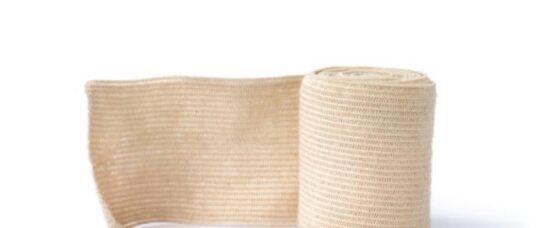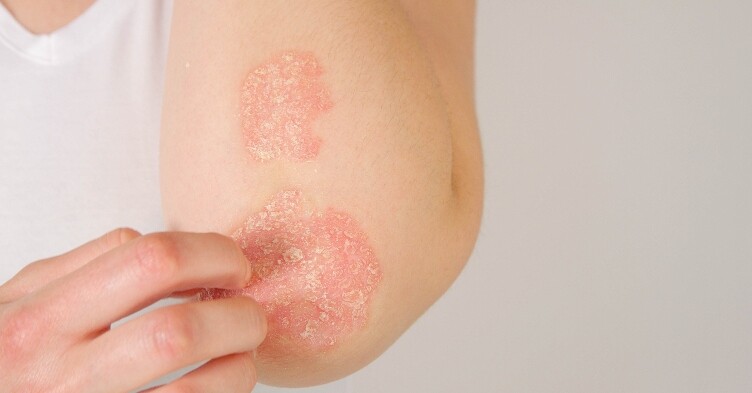Blog: Wounds – acute or chronic?

It is estimated that in the UK there are 200,000 people with a chronic wound. A wound that is classified as chronic is one that fails to heal within three months. I have always felt unsure about this definition. Where is the evidence for this three-month period? Chronic wounds can develop much earlier than this arbitrary figure for many patients.
Related Article: Abdominal body fat is a higher risk for developing psoriasis
One type of chronic wound that tissue viability nurses see from day one are laparostomy wounds. A laparostomy is formed where a patient undergoes abdominal surgery. A laparotomy is performed but the wound is then left open forming a laparostomy. There are various reasons as to why the patient is left with an open abdomen. The small bowel may be too swollen to re-suture the incision or the surgeons may want the abdomen open due to fistula formation or because the patient needs to return to theatre for further surgical procedures. Thankfully, I do not see many patients that have a laparostomy. Most are nursed in critical care because they are so unwell. At one time very few patients survived following this operation.
Related Article: CPD: Case by case – acute and emergency dermatology presentations
For some years now these wounds have been dressed with an abdominal negative pressure device which has resulted in most patients now surviving. Although these wounds are considered acute surgical wounds, they are actually chronic wounds from day one of the patients’ operation. These patients are often critically unwell, anaemic due to blood loss and the wounds are often heavily colonised with bacteria which are all factors that will delay these wounds from healing making them chronic in nature. As tissue viability nurses we spend a lot of time dressing and managing these wounds while in intensive care these patients are usually sedated. However, very often the patient is awake when the wound is being dressed with negative pressure therapy. I cannot imagine how it feels for a patient to be awake and able to see their abdominal cavity open with a nurse changing their dressing. The patients we nurse with these wounds require a lot of input especially in terms of emotional and psychological support. This support mainly comes from tissue viability nurses and as a result they become very dependent on us. These patients may be in hospital for months until their condition and wound improves.
Related Article: Mythbuster: ‘This patient’s ulcer swab is positive so they need antibiotics’
There is lots of evidence now about the effects chronic wounds like leg ulcers and pressure ulcers have on quality of life but there is nothing on the effects a laparostomy has on quality of life. Thanks to scientific innovation most patients with a laparostomy now survive, but although anatomically these patients wounds are repaired, mentally these patients will experience a form of posttraumatic stress. Most of these patients eventually return home, but are left debilitated with horrendous scaring to the abdomen with no psychological support. There needs to be more psychological support for patients with complex and traumatic wounds. It is not enough that this support is provided solely by tissue viability nurses.

See how our symptom tool can help you make better sense of patient presentations
Click here to search a symptom


It is estimated that in the UK there are 200,000 people with a chronic wound. A wound that is classified as chronic is one that fails to heal within three months



